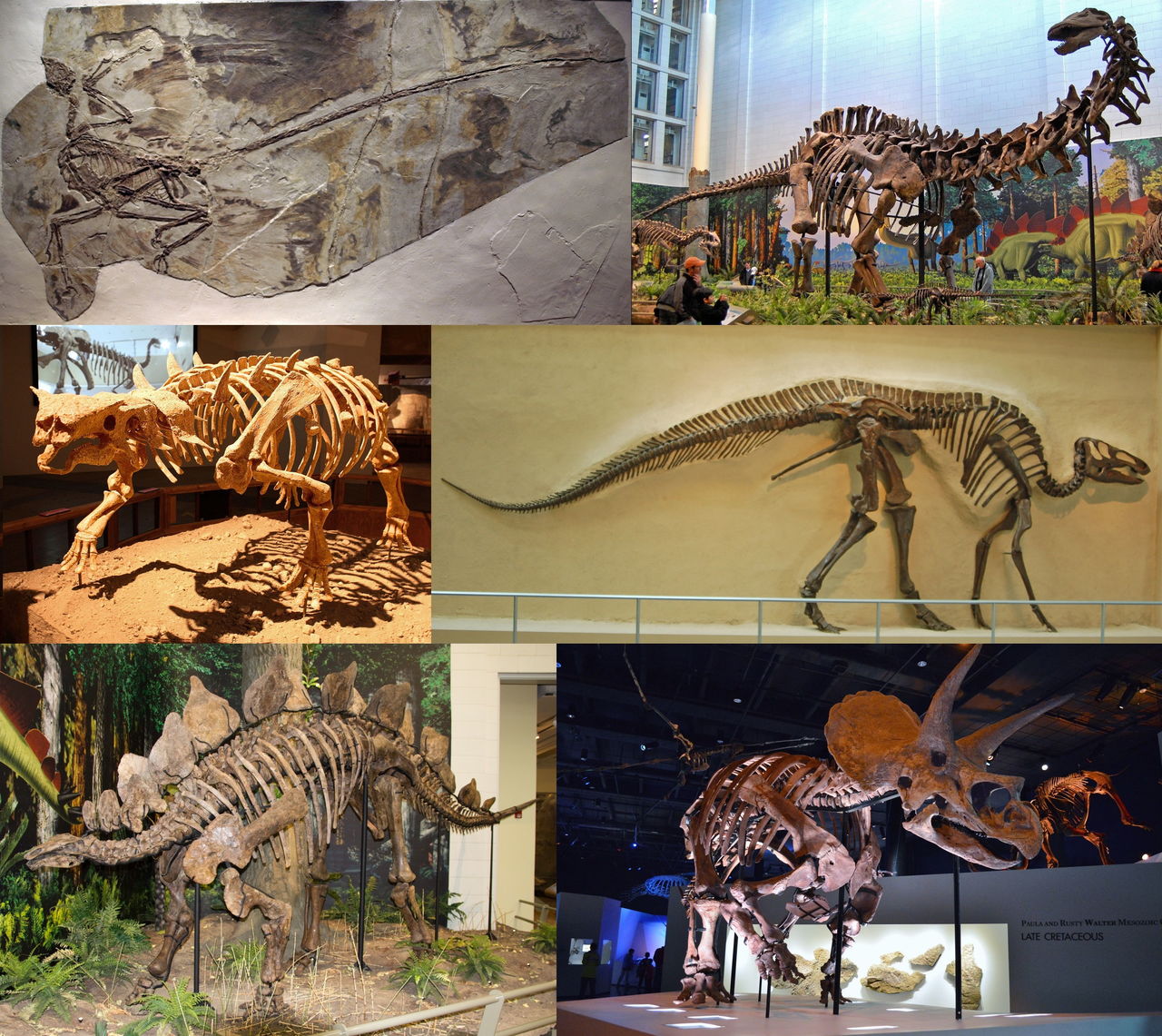What killed the dinosaurs? It’s a question scientists are still trying to answer, and the case isn’t going to be closed anytime soon. But a study published Monday in the Proceedings of the National Academy of Sciences provides a new twist: According to the new research, dinosaurs may have been on a long, slow decline for tens of millions of years before the dramatic event that did them in for good.
Dinosaurs first appeared about 225 million years ago, during the Triassic period. But there’s a reason no one made a movie called “Triassic Park”: Dinosaurs didn’t see their heyday until about 20 million years later, when a mass extinction left the planet ripe for takeover. But as the Jurassic period turned into the Cretaceous, their time ran out. Sixty-five million years ago, the last non-avian dinosaurs went extinct in the aftermath of some kind of cataclysmic event — probably something to do with asteroid impacts, volcanic eruptions, or both.
Now scientists from the University of Reading and the University of Bristol claim that dinos had a longer goodbye than we’d thought. It’s possible that the group spent about 50 million years in decline before going extinct.
That isn’t to say that there wasn’t some massive eruption or collision that finally killed them. About three quarters of all the life on Earth went extinct in the same event, so we know that something big must have gone down (or, in the case of a volcanic eruption, come up). But it’s possible we can’t blame the demise of the dinos entirely on this one event.
“We were not expecting this result,” lead researcher Manabu Sakamoto of the University of Reading said in a statement.
Sakamoto and his colleagues used statistical analysis of the fossil record to track the rate at which dinosaurs were evolving into new species, and the rate at which those species were going extinct. They found that dinosaurs — which evolved to fill a wide range of ecological niches with stunning speed — lost steam for a long time. For 50 million years before the extinction event, species were going extinct faster than new ones were emerging. The dinosaurs’ evolutionary baby boom was over.
“While the asteroid impact is still the prime candidate for the dinosaurs’ final disappearance, it is clear that they were already past their prime in an evolutionary sense,” Sakamoto said.
Even if the decline really happened the way Sakamoto and his team think it did, it might be a mistake to think of dinosaurs as slipping into obscurity. The decline wasn’t universal, and different types of dinosaurs stalled out during different periods. Duck-billed dinosaurs may have actually been on the rise just before the extinction event, according to the study. It’s possible that dinosaurs were doing just fine in the grand scheme of things, and would have recovered as a group even if individual families had faded away.
“I think we sometimes have a tendency to overthink the dinosaur extinction, myself included,” Stephen Brusatte of the University of Edinburgh, who wasn’t involved in the new study, told the Atlantic. “The way I see it, it came down to the asteroid. Simple as that. Diversity declines may have made dinosaurs somewhat more susceptible to the asteroid impact, but probably nothing was going to save them.”
The researchers aren’t sure what caused this decline, but they suspect that a cooling climate may have been a factor. As our own climate shifts and we ease into a mass extinction of our own making, it’s worth taking a second to think about the thousand cuts that might have left dinosaurs vulnerable to a knock-out punch.
After all, the mass extinction during the Triassic cleared the way for the dinosaurs, and the mass extinction that ended their reign ushered in an era of mammals — allowing our own species to evolve. If we’re really in the midst of sixth mass extinction, we had better hope we have more luck than the creatures that came before us.
Talk to us
> Give us your news tips.
> Send us a letter to the editor.
> More Herald contact information.

























